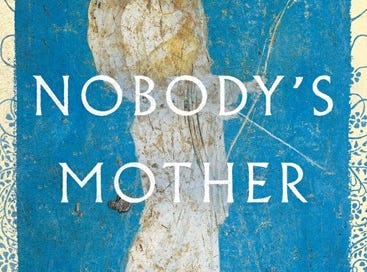We know women are saved by Jesus, not childbearing, so what's going on in Timothy? An author interview
Sandra Glahn talks with us about her new book, *Nobody's Mother*
Register for Fall’s Theology & Fiction book club gathering. Tickets are $12, which supports the organizers. Does budget mean you need a free ticket? Email me at churchblogmatics@gmail.com and I’ll send you a code.
Just click here to purchase your ticket at Eventbrite, and grab your copy of Purple Hibiscus now.
Gentle reader,
Today, I’m excited to share a…
Keep reading with a 7-day free trial
Subscribe to Church Blogmatics by Beth Felker Jones to keep reading this post and get 7 days of free access to the full post archives.





